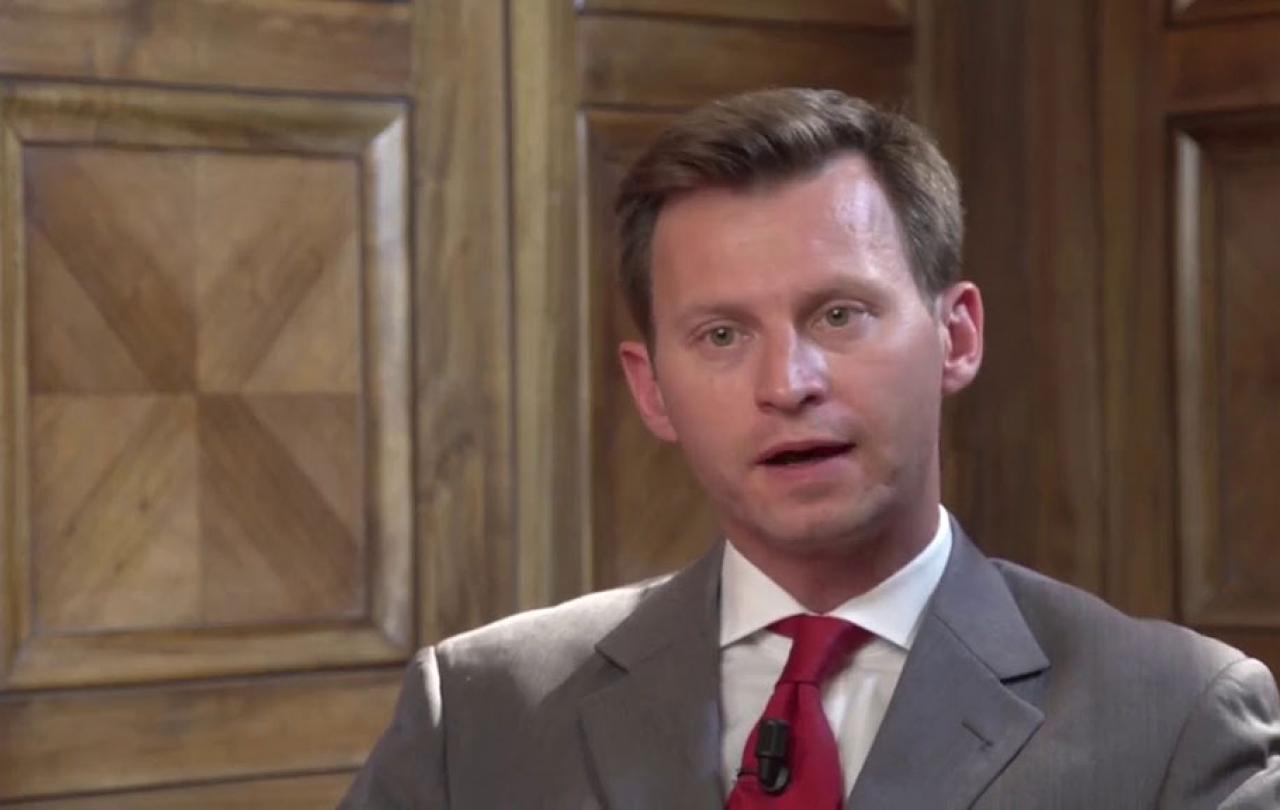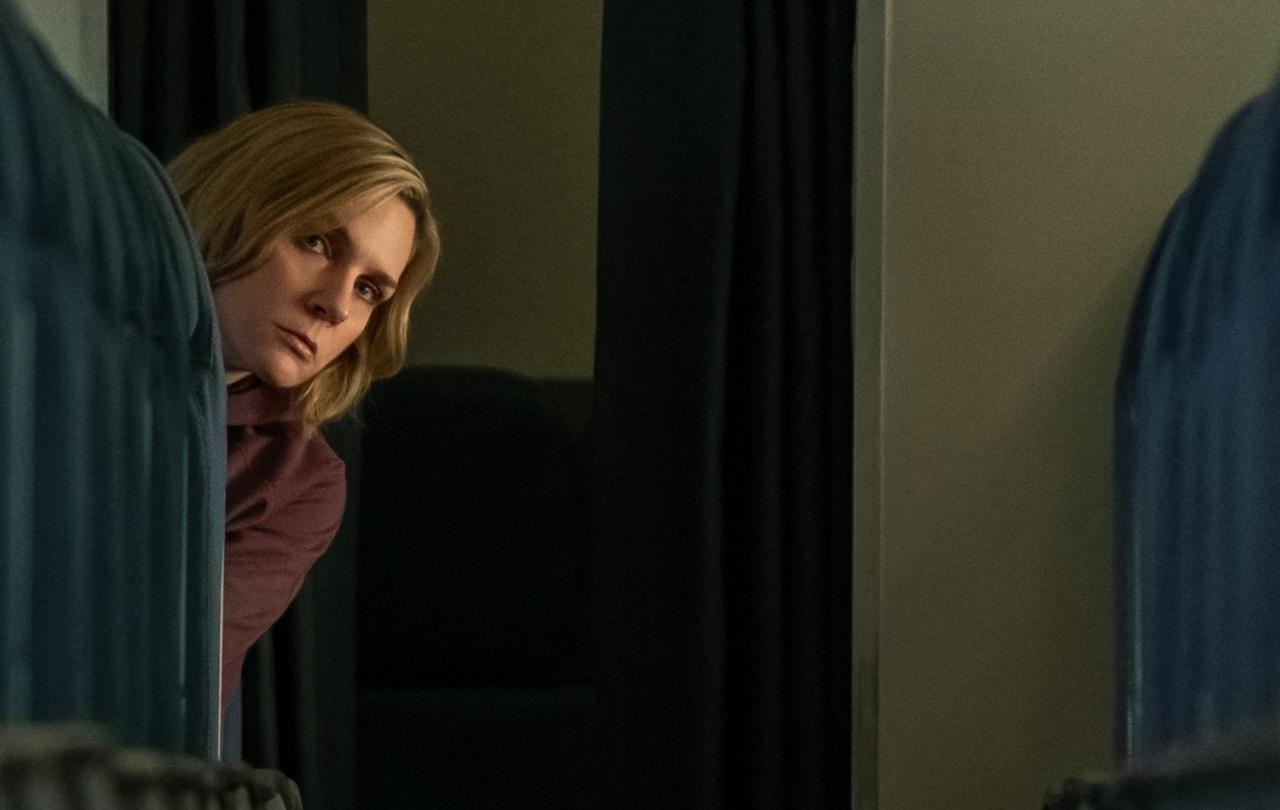
Adrian Pabst is Professor of Politics at the University of Kent, and deputy director at The National Institute of Economic and Social Research. His lecture on Just Economy? Catholic Social Thought, Mutualism and Roads Not Yet Taken, was a highlight of the Lincoln Lectures series, organised by Together for the Common Good. Financial markets journalist Laurence Fletcher talks with him to discover more about his thinking.
There is no shortage of commentators ready to point out the apparent deficiencies in the UK’s economy. Widespread in-work poverty, poor productivity growth, regional inequality and a perceived reluctance among employers to train up British workers are just some of the accusations that can be levelled.
But finding realistic, workable solutions is more difficult, as successive governments have found. Is the answer to be found in having higher levels of tax and government spending, or lower? Should governments be intervening more, or give more room for free markets to work? With a general election on the horizon, and with issues of economic growth, government spending and taxation likely to feature prominently, such questions are particularly pertinent.
Offering one alternative way of tackling the problem is Professor Adrian Pabst, a political scientist at the University of Kent, who is an expert on so-called Catholic Social Thought. This approach, which was developed in the 19th century and draws from the Bible, focuses on the dignity of the individual, care for others and the common good, with the aims of social renewal. It provides a framework for thinking about big topics such as international relations, the economy and the environment, and Pabst believes it has much to say about our economy today.
Catholic Social Thought “is very particular. It always speaks to the moment. And it’s highly universal because of it,” he said in a recent interview. “This is what the world is like and this is how we must act.”
Pabst rejects both the idea that everything is fine with our economy (“mythical stories about things working”) and the belief that “everything going to hell in a handcart”.
Instead, his approach is to look at some of the apparent contradictions in our economy - strengths alongside related weaknesses. For instance, how can a country be rich but have poor citizens, or have a very high output of goods and services while many people do not partake in them? Or how can many people have become worse off in recent years, even though wages are growing? Or how can the UK boast an “incredible” City of London that is one of the world’s top financial centres, yet have people without access to capital?
“We have to be realistic about where we are - a low wage, low growth, low productivity economy. We can pay people higher wages over time if we increase productivity. That comes from investment,” he said.
Free markets have at times been heralded as either the answer to all our problems by some on the political right, or the cause of so much misery by some on the left. But Pabst’s approach is more nuanced. Markets should not simply be “the engine for ever-greater inequality”. But, crucially, they are not inherently bad in and of themselves, and often the problem is instead down to a market being stacked in one side’s favour.
“Markets are not one thing,” he said. “They are an outcome of ownership, regulation… There is not a problem with markets per se, but it’s the wrong regulation, ownership concentrated in a very few people.
“There are lots of things we can do much better. But if we replace the market with the state, we’d just be doing [communism] and ultimately we’d be poorer,” he added. “The question is, are we putting society first?”
(As an aside, he also takes a more nuanced view on former Prime Minister Margaret Thatcher, who he believes brought both positives and negatives).
Big tech firms are “oligarchies accountable to no-one. It’s simply not a tenable position. They’re like media companies yet they’re not subject to media laws… We’ve allowed them to build private infrastructures. It needs to be tackled.”
So what would Pabst actually change?
For starters, he believes that too much capital is directed towards the wrong purpose, namely financial speculation. While some would argue that speculation plays an important role in the economy, for instance in price discovery in markets or in taking the other side of the trade, say for farmers who want to hedge crop prices, Pabst is keen to see the economy produce “goods and services that have real worth”. Significantly for how society is structured today, he argues that we do not need “a class that lives off assets at the expense of everyone else”.
Other areas also need to change, he believes. Loopholes should be closed to make it harder for companies to use agency workers rather than employing people. Trade unions need to be encouraged and improved. A national investment bank, grouping together the existing, disparate pots of money, could direct capital to sectors and regions where it is needed. As is already the case in Germany, companies and society would both benefit from having employees on their boards.
More economic decisions can be devolved from national government to a local level, but challenges such as climate change or regulating the big, powerful technology companies - which he describes as “modern day plutocracies” - should be tackled at a higher level.
Big tech firms are “oligarchies accountable to no-one”, he said. “It’s simply not a tenable position. They’re like media companies yet they’re not subject to media laws… We’ve allowed them to build private infrastructures. It needs to be tackled.”
And (more of a comment on the US than the UK) he sees little value in companies reporting earnings quarterly, which he said is driven by “short-term profit maximisation”.
Intriguingly, Pabst does not shy away from taking a stance on one of the most divisive issues of our times: immigration.
Catholic Social Thought, he explains, is humane and pro-immigrant. But, to break with what he calls “a low wage, low skill model”, mass economic migration is to be discouraged, because it is detrimental to both the sending and receiving countries.
“[We say] yes to refugees, to asylum. But no to mass economic migration,” he said.
So, going into an election, how likely are we to see things change for the better?
Rather than being optimistic - the belief that eventually things will get better - Pabst is hopeful, because he believes that things could be different, but he is not necessarily expecting it.
“I remain hopeful,” he said. “I just don’t quite see who’s going to do it.”





